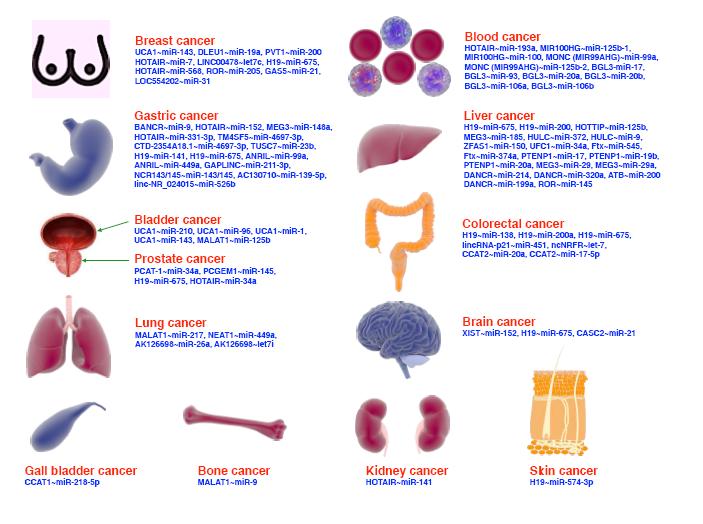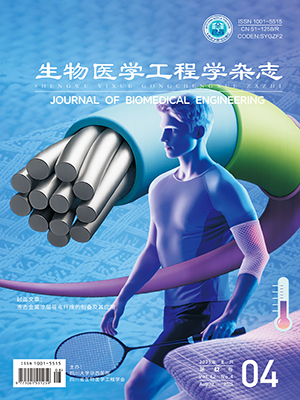| 1. |
Klein M M, Treister R, Raij T, et al. Transcranial magnetic stimulation of the brain: guidelines for pain treatment research. Pain, 2015, 156(9): 1601-1614.
|
| 2. |
Deng Z D, Lisanby S H, Peterchev A V. Coil design considerations for deep transcranial magnetic stimulation. Clin Neurophysiol, 2014, 125(6): 1202-1212.
|
| 3. |
Ueno S, Tashiro T, Harada K. Localized stimulation of neural tissues in the brain by means of a paired configuration of time-varying magnetic fields. J Appl Phys, 1988, 64(10): 5862-5864.
|
| 4. |
Kaster T S, Daskalakis Z J, Noda Y, et al. Efficacy, tolerability, and cognitive effects of deep transcranial magnetic stimulation for late-life depression: a prospective randomized controlled trial. Neuropsychopharmacol, 2018, 43(11): 2231-2238.
|
| 5. |
Zangen A, Zibman S, Tendler A, et al. Pursuing personalized medicine for depression by targeting the lateral or medial prefrontal cortex with Deep TMS. JCI insight, 2023, 8(4): e165271.
|
| 6. |
Zangen A, Roth Y, Voller B, et al. Transcranial magnetic stimulation of deep brain regions: evidence for efficacy of the H-coil. Clin Neurophysiol, 2005, 116(4): 775-779.
|
| 7. |
Roth Y, Amir A, Levkovitz Y, et al. Three-dimensional distribution of the electric field induced in the brain by transcranial magnetic stimulation using figure-8 and deep H-coils. J Clin Neurophysiol, 2007, 24(1): 31-38.
|
| 8. |
Lontis E R, Voigt M, Struijk J J. Focality assessment in transcranial magnetic stimulation with double and cone coils. J Clin Neurophysiol, 2006, 23(5): 462-471.
|
| 9. |
Crowther L J, Marketos P, Williams P I, et al. Transcranial magnetic stimulation: improved coil design for deep brain investigation. J Appl Phys, 2011, 109(7): 07B314.
|
| 10. |
Lu M, Ueno S. Computational study toward deep transcranial magnetic stimulation using coaxial circular coils. IEEE Trans Biomed Eng, 2015, 62(12): 2911-2919.
|
| 11. |
Lu M, Ueno S. Deep transcranial magnetic stimulation using figure-of-eight and halo coils. IEEE T Magn, 2015, 51(11): 5101204.
|
| 12. |
Samoudi A M, Tanghe E, Martens L, et al. Deep transcranial magnetic stimulation: improved coil design and assessment of the induced fields using MIDA model. Biomed Res Int, 2018, 2018: 7061420.
|
| 13. |
Deng Z D, Lisanby S H, Peterchev A V. Electric field depth–focality tradeoff in transcranial magnetic stimulation: simulation comparison of 50 coil designs. Brain Stimul, 2013, 6(1): 14-15.
|
| 14. |
吴念霜, 刘海军, 王家豪, 等. 基于磁场复制器的脑深部磁刺激方法研究. 生物医学工程学杂志, 2023, 40(1): 1-7.
|
| 15. |
Xiong H, Li Q, Liu J. Performance optimization and simulation research of new coil for transcranial magnetic stimulation based on improved particle swarm optimizer. IEEE T Magn, 2021, 57(12): 5800711.
|
| 16. |
Gomez L J, Goetz S M, Peterchev A V. Design of transcranial magnetic stimulation coils with optimal trade-off between depth, focality, and energy. J Neural Eng, 2018, 15(4): 046033.
|
| 17. |
Zhang C, Xu M. Time-segment photovoltaic forecasting and uncertainty analysis based on multi-objective slime mould algorithm to improve support vector machine. IEEE T Power Syst, 2023, 39(3): 5103-5114.
|
| 18. |
Hassan M H, Kamel S, Abualigah L, et al. Development and application of slime mould algorithm for optimal economic emission dispatch. Expert Syst Appl, 2021, 182: 115205.
|
| 19. |
牛瑞奇, 张丞, 吴昌哲, 等. 组织电导率对经颅磁刺激头模型内电场计算的影响. 生物医学工程学杂志, 2023, 40(3): 401-408.
|
| 20. |
Koponen L M, Nieminen J O, Ilmoniemi R J. Minimum-energy coils for transcranial magnetic stimulation: application to focal stimulation. Brain Stimul, 2015, 8(1): 124-134.
|
| 21. |
Li S, Chen H, Wang M, et al. Slime mould algorithm: A new method for stochastic optimization. Future Generation Computer Systems, 2020, 111: 300-323.
|
| 22. |
Houssein E H, Mahdy M A, Shebl D, et al. An efficient slime mould algorithm for solving multi-objective optimization problems. Expert Syst Appl, 2022, 187: 115870.
|
| 23. |
Premkumar M, Jangir P, Sowmya R, et al. MOSMA: multi-objective slime mould algorithm based on elitist non-dominated sorting. IEEE Access, 2020, 9: 3229-3248.
|
| 24. |
Coello C A C, Pulido G T, Lechuga M S. Handling multiple objectives with particle swarm optimization. IEEE Transactions on Evolutionary Computation, 2004, 8(3): 256-279.
|
| 25. |
Hamdan M. On the disruption-level of polynomial mutation for evolutionary multi-objective optimisation algorithms. Comput Inform, 2010, 29(5): 783-800.
|
| 26. |
Deb K, Pratap A, Agarwal S, et al. A fast and elitist multiobjective genetic algorithm: NSGA-II. IEEE Transactions on Evolutionary Computation, 2002, 6(2): 182-197.
|
| 27. |
Mirjalili S, Saremi S, Mirjalili S M, et al. Multi-objective grey wolf optimizer: a novel algorithm for multi-criterion optimization. Expert Syst Appl, 2016, 47: 106-119.
|
| 28. |
Abdullah J M, Rashid T A, Maaroof B B, et al. Multi-objective fitness-dependent optimizer algorithm. Neural Comput Appl, 2023, 35(16): 11969-11987.
|
| 29. |
Zitzler E, Deb K, Thiele L. Comparison of multiobjective evolutionary algorithms: empirical results. Evol Comput, 2000, 8(2): 173-195.
|
| 30. |
Yang N, Tang Z, Cai X, et al. Cooperative multi-population Harris Hawks optimization for many-objective optimization. Complex Intell Syst, 2022, 8(4): 3299-3332.
|
| 31. |
Kim D H, Won C, Georghiou G E. Assessment of the sensitivity to field localization of various parameters during transcranial magnetic stimulation. IEEE T Magn, 2007, 43(11): 4016-4022.
|
| 32. |
Fang X, Ding H, Huang Y, et al. Improved intracranial induced electrical field in transcranial magnetic stimulation with semiellipse coil pair. IEEE T Appl Supercon, 2018, 28(3): 4901306.
|




